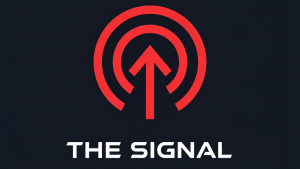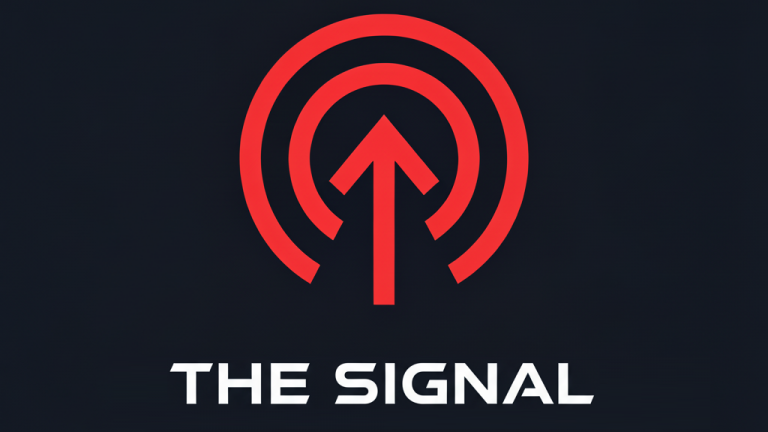Summary
Oracle Corporation (ORCL) shares surged in premarket trading after the company reported fiscal first-quarter 2026 results that, while narrowly missing analyst estimates on revenue and earnings, revealed an astronomical increase in demand for its cloud infrastructure services, driven by the artificial intelligence boom. For an investor, the key takeaway is that the market is looking past the slight current-quarter miss and focusing intently on the company’s future growth trajectory. Oracle announced a stunning 359% year-over-year increase in its Remaining Performance Obligations (RPO), a measure of future contracted revenue, to $455 billion. This signals a massive pipeline of business from major AI players and has led management to issue an exceptionally bullish long-term forecast for its cloud division, fundamentally altering the company’s growth narrative.
The Core News (What Happened?)
After the market closed on September 9, 2025, Oracle announced its financial results for the first quarter of fiscal year 2026. While total revenue of $14.9 billion (up 12% year-over-year) and non-GAAP earnings per share of $1.47 were just shy of Wall Street’s consensus estimates, the company reported a massive increase in its backlog. This was fueled by the signing of four multi-billion-dollar cloud contracts with three different customers during the quarter. The unprecedented growth in future business commitments prompted a significant premarket rally in Oracle’s stock on September 10.
Context & Expectations
Analysts had anticipated Oracle would report revenue of approximately $15.01 billion and an EPS of $1.48. The focus leading into the earnings call was squarely on the growth of Oracle Cloud Infrastructure (OCI) and any commentary on demand related to AI. While the headline numbers represented a slight miss, they were immediately overshadowed by the explosion in RPO, which dramatically exceeded all expectations. This metric, which represents legally binding future revenue, jumped from roughly $138 billion in the previous quarter to $455 billion, indicating that Oracle is successfully securing massive, long-term contracts for its cloud and AI infrastructure from major clients like OpenAI, Google, and Microsoft for their multicloud database needs.
Potential Implications (The Bull vs. Bear Case)

Bull Case: The massive expansion in RPO is the centerpiece of the bullish argument. Analysts at Jefferies, who raised their price target to $360, stated that the backlog growth “stole the show” and reinforces Oracle’s “acceleration narrative.” CEO Safra Catz provided a very aggressive long-term forecast, projecting OCI revenue to grow 77% to $18 billion this fiscal year and reach $144 billion annually within five years, with most of this revenue already booked in the RPO. This suggests Oracle is rapidly capturing a significant share of the high-demand AI infrastructure market. Chairman Larry Ellison highlighted that multicloud database revenue grew an incredible 1,529% in the quarter, validating their strategy of making Oracle’s database available on competing cloud platforms.

Bear Case: The primary concern revolves around execution and profitability. To meet the demand signaled by its massive backlog, Oracle must invest heavily in new data centers, projecting capital expenditures to be around $35 billion in fiscal 2026. This massive spending resulted in negative free cash flow for the quarter and will pressure margins. Analysts at D.A. Davidson, while raising their price target, maintained a “Neutral” rating, expressing concern that Oracle may be operating its GPU rental business at single-digit margins or even at a loss in some cases to win these large deals. The risk is that Oracle may struggle to convert its enormous backlog into profitable revenue if costs get out of control or if it hits snags in its data center build-out.
Key Data & Metrics
- Q1 Non-GAAP EPS: $1.47 (versus $1.48 expected)
- Q1 Revenue: $14.9 billion (versus $15.01 billion expected)
- Q1 Cloud Revenue (IaaS + SaaS): $7.2 billion, up 28% year-over-year.
- Q1 Cloud Infrastructure (IaaS) Revenue: $3.3 billion, up 55% year-over-year.
- Remaining Performance Obligations (RPO): $455 billion, up 359% year-over-year.
- Fiscal 2026 OCI Revenue Guidance: Projected to grow 77% to $18 billion.
- Multicloud Database Revenue Growth: +1,529% in Q1.
- Fiscal 2026 Capital Expenditure Guidance: Approximately $35 billion.
Disclaimer: This article is for informational purposes only and does not constitute financial, investment, or legal advice. The information provided is a synthesis of publicly available data and expert analysis and should not be considered a recommendation to buy or sell any security. Investing in the stock market involves risk, including the possible loss of principal. Past performance is not indicative of future results. Readers should consult with a qualified financial advisor to determine an investment strategy that is suitable for their own personal financial situation and risk tolerance.



















